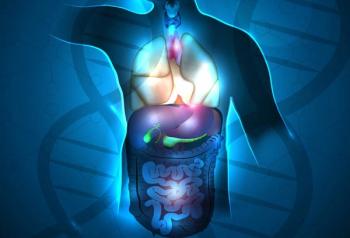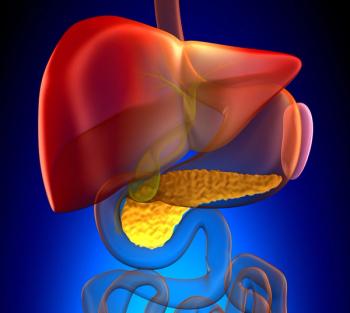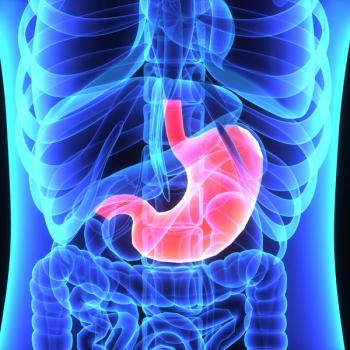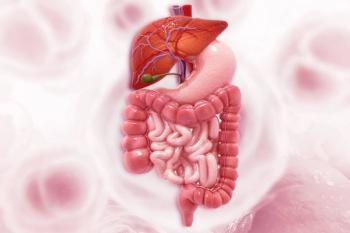
- ONCOLOGY Vol 11 No 9
- Volume 11
- Issue 9
Houseflies May Transmit Ulcer Bug
A staple of summer, the common housefly may be a reservoir for Helicobacter pylori, the bacterium responsible for some
A staple of summer, the common housefly may be a reservoir for Helicobacterpylori, the bacterium responsible for some types of ulcers and associatedwith stomach cancer, say researchers from St. Elizabeth's Medical Centerof Boston in the June 1997 issue of the Journal of Clinical Microbiology.
"The mode of transmission of Helicobacter pylori is unknown,"says Peter Grübel, one of the authors of the study. "Since viablebacteria have been shown to be excreted in feces from infected individuals,and houseflies habitually develop and feed on excrement, we hypothesizedthat flies ingest and harbor H. pylori and in turn contaminate thehuman environment."
In the study, the researchers exposed groups of adult houseflies toeither a culture of the bacteria or a sterile control plate. After exposure,flies were removed from both the sample and the control group and testedat intervals of 6 hours for the presence of the bacteria on their skin,in their digestive tract, and in their excretions.
The researchers found the bacteria present on the skin of the exposedflies for up to 12 hours. In addition, the exposed flies had bacteria intheir gut and their excretions for up to 30 hours after exposure. The controlgroup had no presence of the bacteria.
How It Happens
"We postulate that H. pylori is acquired from human excrementby the housefly, which then, while crawling on human food, contaminatesit," says Dr. Grübel.
H. pylori is a bacterium that was first described in the early1980s by a group of Australian researchers who theorized its connectionto ulcers. It is the cause of most duodenal ulcers and an estimated 70%to 80% of gastric ulcers. In the late 1980s, researchers at Stanford Universityshowed it was associated with certain types of stomach cancer.
Helicobacter pylori has the unusual ability to live in the harshacidic environment of the stomach. In most people it causes no disease,but in the unlucky few it causes duodenal ulcer, gastric ulcer, and gastriccancer.
The organism lives in the stomachs of most people in the world, althoughin developed countries less than 50% are infected and most children areHelicobacter free. In developing countries, infection is almostuniversal among adults, with 50% becoming infected by 5 years of age. Akey factor in these differences may be the use of indoor plumbing in developedcountries, says Dr. Grübel.
Dr. Grübel warns that this research only proves that the houseflyis capable of carrying the bacterium, and that no definite proof existsthat it actually serves as a vector.
Articles in this issue
over 28 years ago
UFT: East Meets West in Drug Developmentover 28 years ago
Rationale for Phase I Study of UFT Plus Leucovorin and Oral JM-216over 28 years ago
Postoperative Adjuvant Chemotherapy for Non-Small-Cell Lung Cancerover 28 years ago
UFT in Gastric Cancer: Current Status and Future Developmentsover 28 years ago
Oral UFT and Leucovorin in Patients With Advanced Gastric CarcinomaNewsletter
Stay up to date on recent advances in the multidisciplinary approach to cancer.
































































































